Ground shipping is currently paused. Local deliveries throughout Long Island will continue as usual. Pre-orders for fall are now open. Non-local orders will begin shipping again in early September. Click here to learn more.
Please be aware that all shipping will be suspended on December 22 and will resume January 5. Dismiss
Skip to contentGround shipping is currently paused. Local deliveries throughout Long Island will continue as usual. Pre-orders for fall are now open. Non-local orders will begin shipping again in early September. Click here to learn more.
| Size | |
|---|---|
| Common Name | |
| Type | |
| Family | |
| Native? | |
| Zone | 4, 5, 5b, 6, 7, 8, 8b, 9 |
| Height Range (ft.) | 6.00 to 12.00 |
| Spread (ft.) | 6 to 12 |
| Bloom Time | |
| Bloom Description | flowers in clusters, Small, Yellow |
| Sun | |
| Water | |
| Maintenance | |
| Suggested Use | Hedge, naturalized areas, specimen shrub, wildlife habitat, Woodland Garden |
| Tolerate | |
| Growth Rate | |
| Attracts |
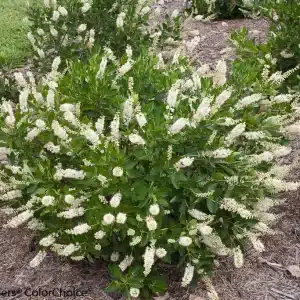
Lindera benzoin, or Spicebush, is a fragrant native shrub with yellow spring blooms, red fall berries, and strong wildlife and pollinator support.
$12.99 – $35.99Price range: $12.99 through $35.99
Please note: Sizes 1.5 Gallon and up can’t be shipped outside the counties of Nassau, Suffolk, and Queens.
Learn more about how the process works and how our plants are delivered.
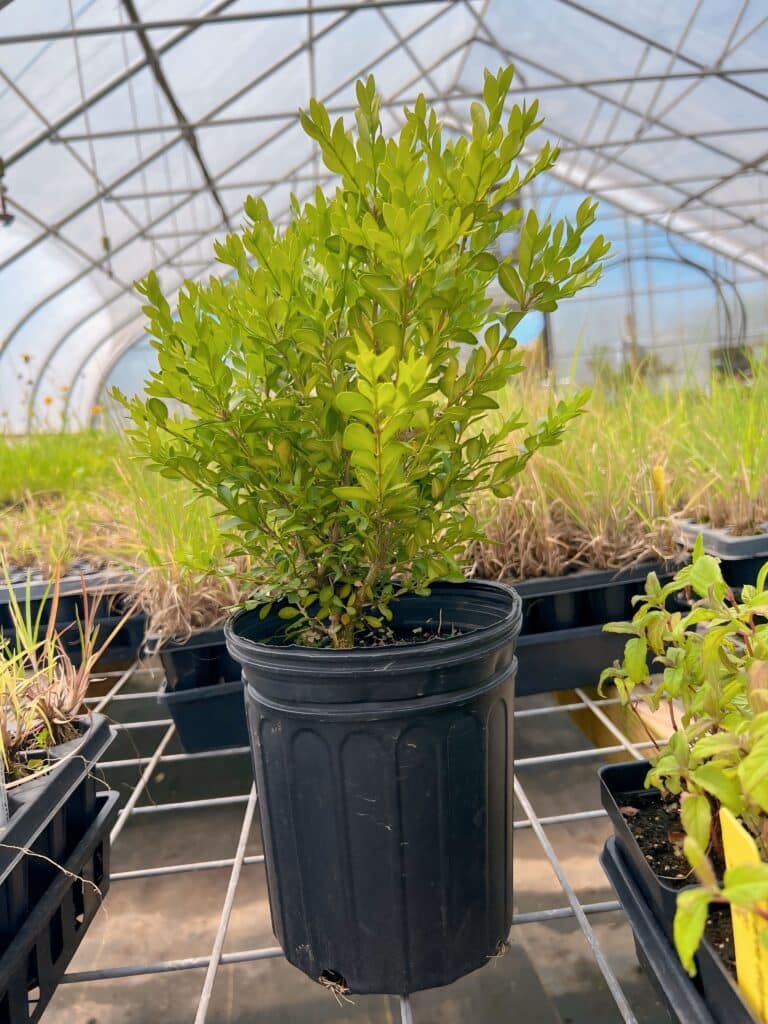


Ground shipping is paused due to summer heat. Only local delivery (Long Island & Queens) is available. Orders placed during the pause will begin processing September 1, and ground shipping will resume September 15.
| Size | |
|---|---|
| Common Name | |
| Type | |
| Family | |
| Native? | |
| Zone | 4, 5, 5b, 6, 7, 8, 8b, 9 |
| Height Range (ft.) | 6.00 to 12.00 |
| Spread (ft.) | 6 to 12 |
| Bloom Time | |
| Bloom Description | flowers in clusters, Small, Yellow |
| Sun | |
| Water | |
| Maintenance | |
| Suggested Use | Hedge, naturalized areas, specimen shrub, wildlife habitat, Woodland Garden |
| Tolerate | |
| Growth Rate | |
| Attracts |
Lindera benzoin, commonly known as Spicebush, is a versatile native deciduous shrub known for its fragrant leaves and stems, early spring yellow flowers, and important wildlife value. Reaching 6 to 12 feet tall and wide, Spicebush thrives in part shade to full sun and adapts well to woodland edges, moist borders, and naturalized plantings. It is a host plant for the Spicebush Swallowtail butterfly and its red berries provide food for birds in late summer and fall. This multi-season performer adds ecological function, subtle beauty, and fragrance to native gardens.
Early spring blooms: Clusters of yellow flowers appear before leaves emerge
Host plant value: Supports Spicebush Swallowtail caterpillars and other pollinators
Fragrant and fruitful: Aromatic foliage and bright red berries feed birds and wildlife
Sun exposure: Best in part shade; tolerates full sun with consistent moisture
Soil needs: Prefers moist, well-drained soil; adaptable to average garden soil
Maintenance: Low-maintenance; prune to shape in late winter if needed
Woodland edges: Perfect transition shrub between shady and sunny areas
Wildlife gardens: Provides nectar, berries, and larval habitat
Rain gardens: Tolerates periodic wet soil and enhances native planting designs
Native keystone species: Critical host for butterflies and beneficial insects
Bird-friendly: Red berries attract thrushes, cardinals, and other songbirds
Multi-season support: Offers flowers, shelter, and fruit across spring to fall
/5
Total reviews
|
|
Persons recommended this product
Anonymous
Shopper
check_circle Verified
Shop owner replied
Was this helpful
Anonymous
Shopper
check_circle Verified
Shop owner replied
Was this helpful
There are no reviews yet.
Be the first to review “ ”
Your feedback helps us improve our service.
Please log in to submit a review.

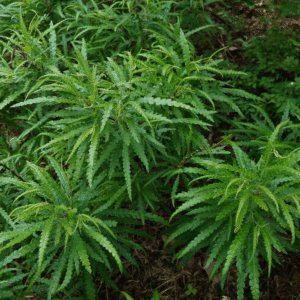
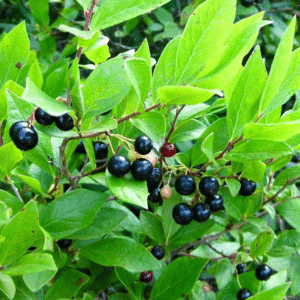

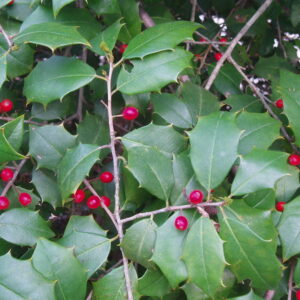
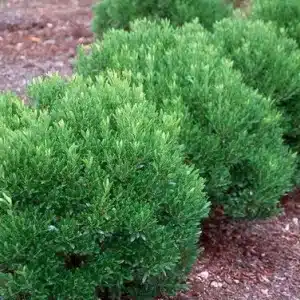
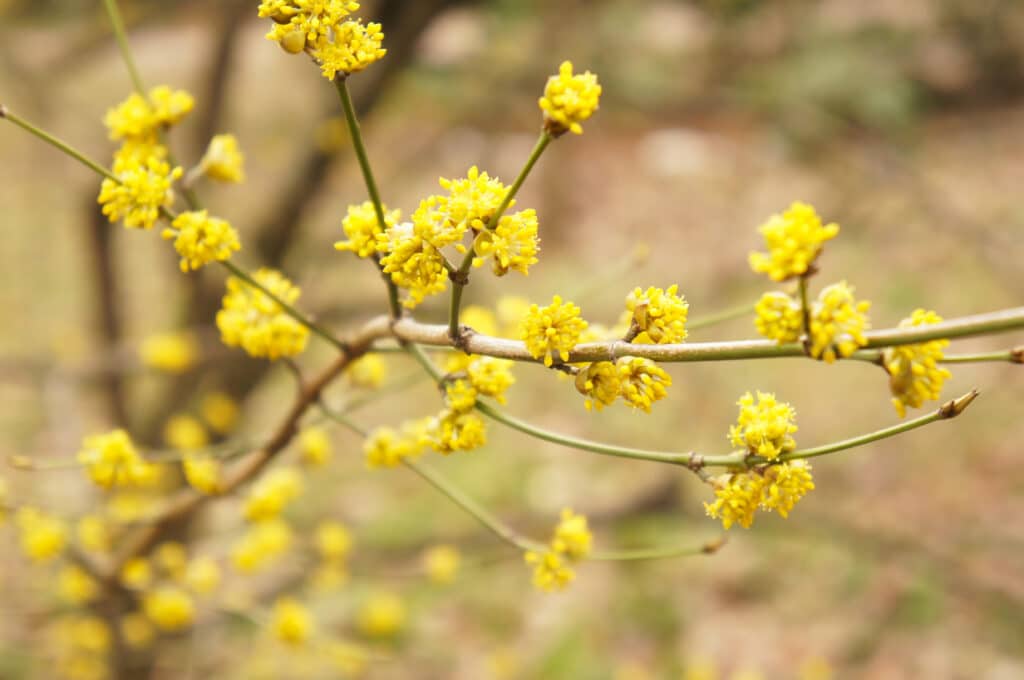
Yes. Lindera benzoin is native to the eastern United States, commonly found in moist woodlands, forest edges, and along streambanks. It is a highly valuable native shrub for both pollinators and wildlife, and an excellent addition to native plantings and woodland gardens.
Spicebush is known for its early-blooming clusters of small yellow flowers in early spring, followed by bright red berries on female plants in fall. Its aromatic leaves, stems, and fruit give off a spicy, citrus-like scent when crushed. It typically grows 6 to 12 feet tall and wide and features brilliant golden-yellow fall foliage.
Spicebush thrives in partial to full shade and prefers moist, well-drained, slightly acidic to neutral soil. It is hardy in USDA zones 4 through 9 and is especially well-suited to woodland gardens, naturalized borders, and riparian buffers. It will tolerate some sun, especially if soil moisture is consistent.
Absolutely. Spicebush is a host plant for the Spicebush Swallowtail butterfly, and its flowers provide early nectar for native bees. The red berries are a valuable food source for birds in fall, and the dense branching provides cover and nesting sites for wildlife.
Yes. Lindera benzoin is dioecious, meaning that male and female flowers occur on separate plants. To produce berries, at least one male plant should be planted near female plants to ensure proper pollination and fruit set.
Our gift cards make it easy to share the beauty of plants, flowers, and all things green. Whether for a special occasion or just because, give the gift of choice and let them select their favorites to create a garden they’ll cherish.
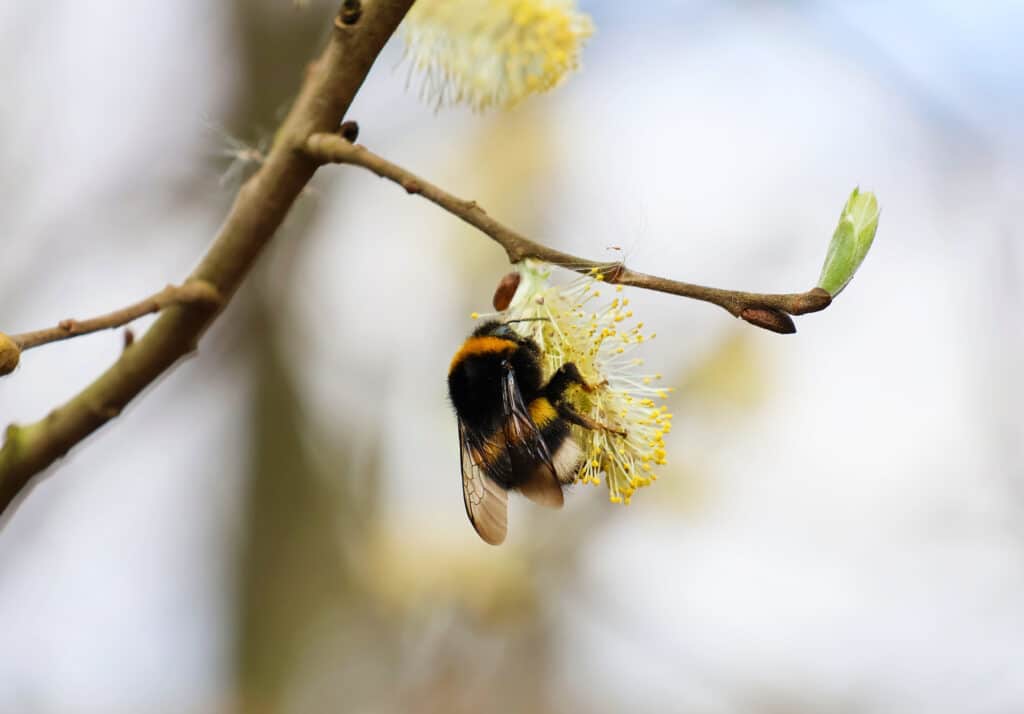
Only Local Delivery Available (Long Island & Queens)
Ground Shipping Paused
To protect our plants from extreme summer heat, we’ve paused nationwide ground shipping to avoid any damage during transit.
Local Delivery Only
We’re still delivering locally to Long Island and Queens, so nearby customers will continue to receive orders as usual.
Fall Pre-Orders Are Open Nationwide!
We will resume normal shipping for non-local orders placed during the pause in early September.
Thank you for your support and understanding—we’re looking forward to growing with you this fall!
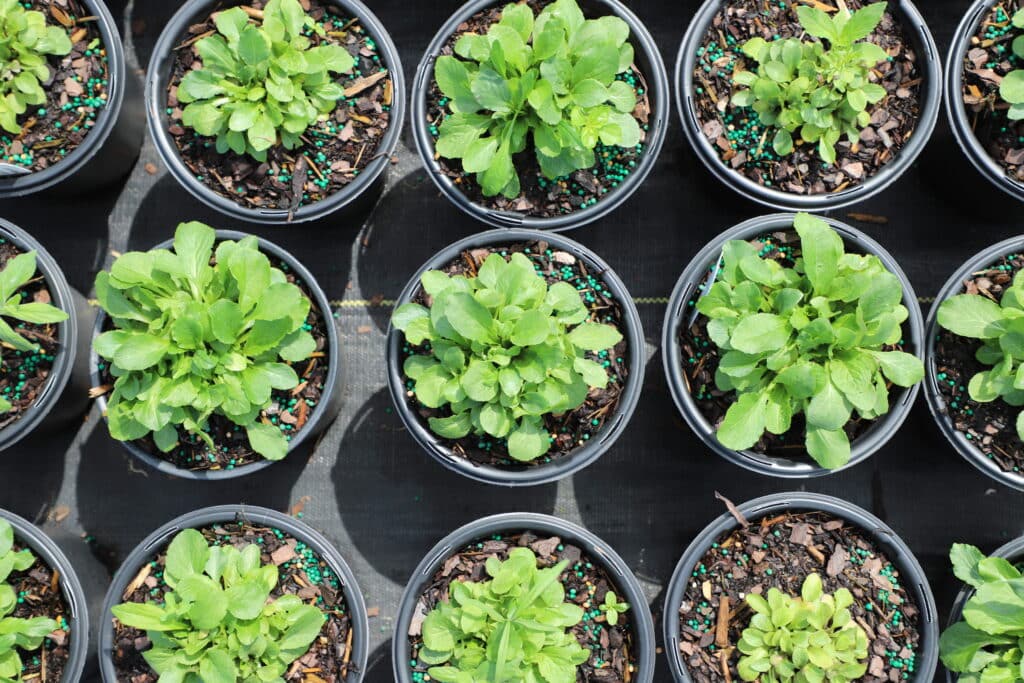
Shipping Paused
Please be aware that all shipping will be paused on December 22.
Any orders placed after that time will be fulfilled when we resume operations in January 2025.